Your digital marketing budget isn’t big, but your aspirations are.
I hear you. As a content marketing strategist, writer and creative director, I get this question all the time…
“How can we create great content on a small digital marketing budget?”
Along a similar line, I know every time industry research is published I’ll see “lack of budget” ranking among the top challenges.
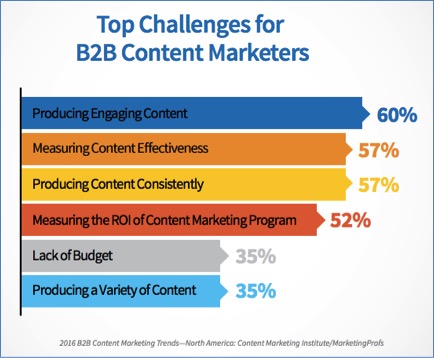
Okay, so your budget’s an issue. I’m obliged to address it. I do so in conversation nearly every time I discuss content planning with a new client. I’m about to share with you a version of my answer. It could surprise you.
Care to guess what I say? Might it be…
Go to a writer brokerage or freelance finder website and find a low-cost writer? Task internal employees (non-writers) with the writing? Forgo strategy. Forgo design. Forgo promotion?
No. No. No. No. And no.
I say, “Go big”
What? I’m asked how to downsize the budget and respond with “go big?” I’m not hearing impaired. I strongly believe the key to doing effective content marketing on a tight budget, ironic though it may be, is to create bigger content.
I should be upfront about this: you have to have some budget. Now and then I read about how content marketing is free or can be done on a “shoestring.” Both are bull. Doing content marketing effectively is going to require time and money.
So the question shouldn’t be how can I create content on the cheap, but rather, how can I do more with less?
The answer: create masterful content that is worth more.
Content that generates traffic. Content that inspires shares. Content that gets written and talked about. Content that earns conversions. Content that wins trust. Content that positions you as an authority. Content that wins business, retains customers, and invokes referrals.
And this:
Content that stretches your budget because it’s, well, made to stretch.
Reduce, reuse, recycle
You probably recognize the content marketing strategy I’m referring to as “repurposing.” It’s such a good term it explains itself.
When you repurpose content, you invest a bit more upfront to realize long-term savings and value. You budget a few grand to create a million dollar idea.
You might liken the idea to saving on a car. Buy a cheap old beater and you’re bound to get lousy mileage and high maintenance bills, right? Invest in a quality car and it’ll reward you with higher ROI.
So, let’s get to the “go big” idea. I maintain you leverage your budget best by creating a big piece of content—and then:
- Reduce—You can create all-new content less often.
- Re-use—You can re-use parts of the big piece in different ways.
- Recycle—You can recycle your content via different media.
I’ve seen the “big” content idea described a number of ways: pillars, pyramids, big rocks, and even as turkey dinner (because you can keep slicing away). None of these is the perfect description. My favorite is actually “divisible content,” a term I picked-up from Column Five Media.
They illustrate the concept well in this graphic:
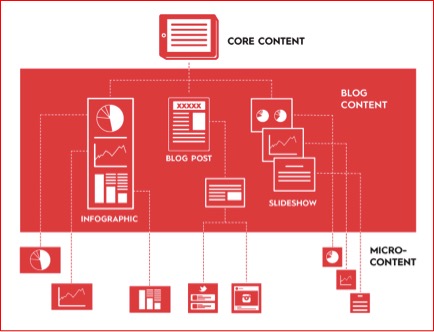
They also explain the idea well:
Divisible content is a strategy for streamlining content creation. You create one core asset that comprehensively covers a topic—a conversation your brand should lead. This asset serves as a foundation, which you break down into smaller “divisibles,” publishing in a variety of formats across different platforms.
Here’s a cool picture of what this can actually look like, from a page in Marketo’s Lean Content Marketing eBook.
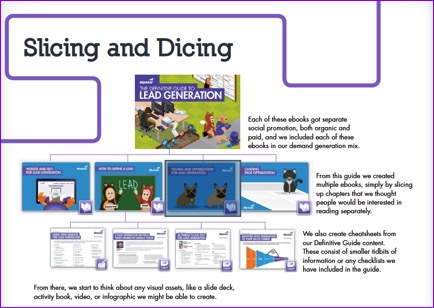
Marketo demonstrates the re-use strategy with a family tree showing how its “Definitive Guide” became multiple eBooks, and each eBook was “sliced and diced” into a series of cheat sheets. They don’t show, but do write about, how they go on to repurpose the big mama into slides, video, and infographics. They can keep going (and did) with blog posts, social updates, webinars, etc.
Marketo’s strategy is a solid one, but there’s no precise formula for how it’s done. You simply repurpose your content in different forms to create more content with less effort. You not only reduce costs and step-up production by using your resources more efficiently, you also cast a wider net. That is, you reach more people with the media they like on the channels they use.
The eBook as an example
The idea is to create a “family tree” model (as shown above) with one strong, thematic idea at the top. I’ll use an eBook as an example because it will clearly demonstrate the point.
- You strategically develop a multi-chapter eBook addressing a specific but rich topic you can explore deeply.
- Chapters (or variations of them) can be published on your blog and offered to other publications as guest posts. Perhaps some of the content is based on interviews.
- You might make an audio version or repurpose the interviews as podcasts and videos.
- Say the eBook features data culled from industry research. An important list is contained within. As such, you have the makings of at least one infographic and slide show.
- The eBook might have a mini-version, a cheat sheet of some sort. Creating a template or shortcut of some sort might be easily done.
- You could present the materials in a webinar or on stage.
- The artwork and interesting quotes from the eBook could fuel your updates across the social media channels you choose.
- You’ll certainly want to create email to support the content, maybe even a series of emails or a mini-course.
I could go on but don’t need to. You understand. I’m suggesting your content strategy includes a preconceived media strategy. Your upfront efforts may be larger, but obviously, you wind up getting greater bang for your buck.
How to create divisible content
There’s no law saying you have to begin with an eBook to create big, divisible content, but I like the approach because books have chapters, which is what you need. However, you can instead go with a course of some sort (emails, videos), industry report, webinar, or even a presentation. These too have chapters, or at least sections.
What else should you be aiming for?
- A big topic, something with substance
- A topic with an obvious connection to your business
- Actionable advice or useful insights
- A keyword strategy
Got an idea? The next step is to make an outline working top-down, or if you prefer, a mindmap, working inside-out. Here’s an example of what this type of outline would look like (from an eBook I wrote about assembling content marketing teams).
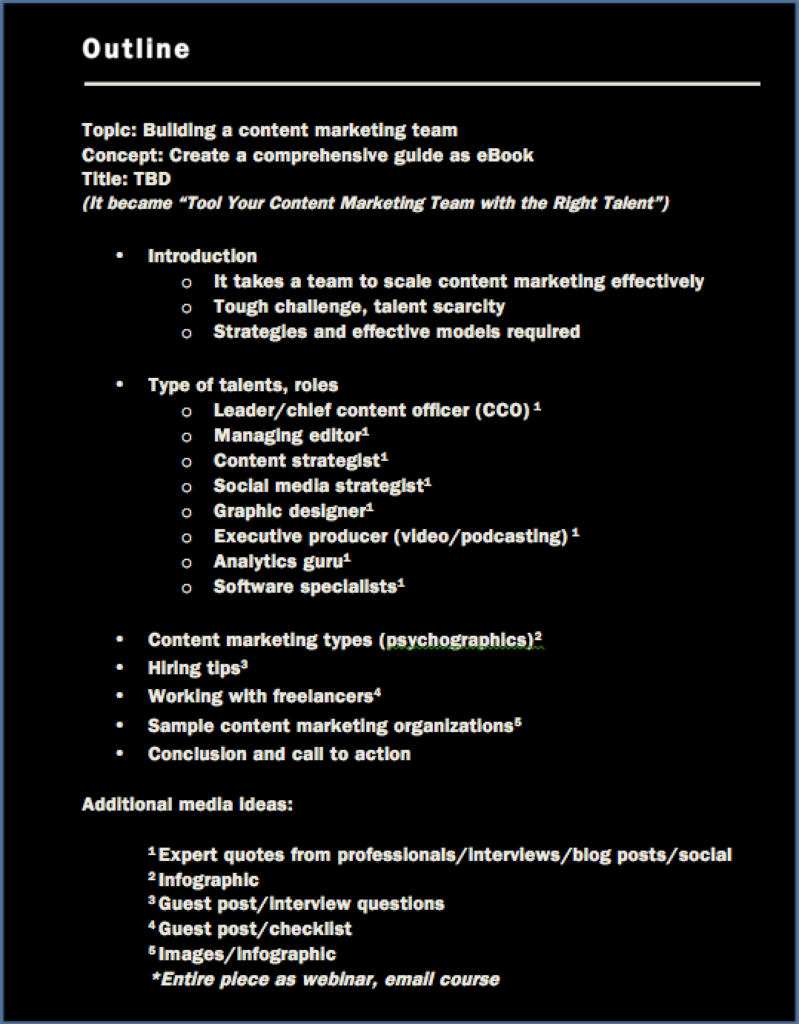
Your content repurposing FAQ
Does the big idea have to be an eBook?
No. Most content can be repurposed into different forms.
Here’s a diagram from Hootsuite depicting a similar repurposing strategy, but with a blog post serving as the starting point. I’ve used this approach several times and it can work great.
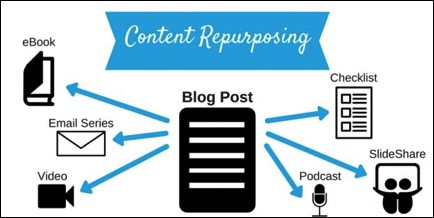
Again, an eBook is ideal because it has chapters. A piece of “big” content has parts, or elements, that can be extracted. This can easily be accomplished in a blog post. You might consider the post you’re reading and imagine (1) how it can be transformed into other media and (2) how it can “divided” into smaller parts and published separately.
What if my idea has been done before?
Fear not. Chances are if you’ve settled on an idea much like someone else’s it simply means you’ve got a good one. You’ve uncovered a problem people need to solve. Go forth with your content aiming to bring your unique point of view to bear. Try to give yours a twist or add something new: research, interviews, quotes, graphics, audio, etc.
Doesn’t this strategy run the risk of being repetitive?
All good. Marketing themes are most effective when they expose the buyer to a consistent message via multiple points of over time.
How do I use these strategies to generate leads?
With each piece of content you create based on your big idea, include links to your landing page or a page on your website with a subscription form to get a downloable lead magnet.
Why is big content better than more content?
The key to creating effective content is relevance. Big valuable pieces of content often garner more shares, perform better on search, and deliver value for longer periods of time.
What if I can’t budget the money to think big?
Think small. You can reverse the strategy presented in this post. Here’s how:
- Create a series of related blog posts.
- Your series might include other media such as an infographic.
- Consider doing interviews with experts to build your story.
- When done, roll the content you’ve created over time into a big piece of content such as an eBook.
I’ve seen this strategy described as “additive content,” the opposite of divisible content. Smaller pieces can be combined into a larger project.
Any questions?
Please feel free to submit questions in the comment stream below and I’ll add my answers to the FAQ here.
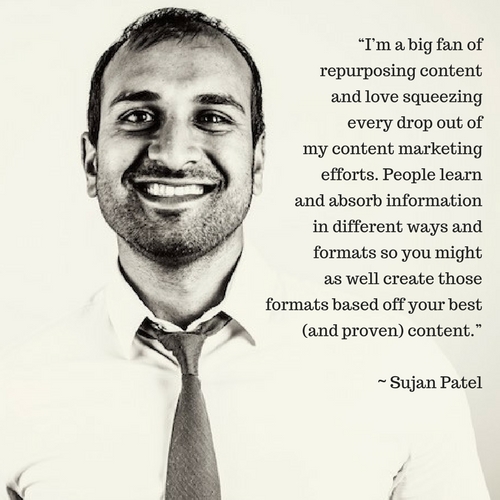

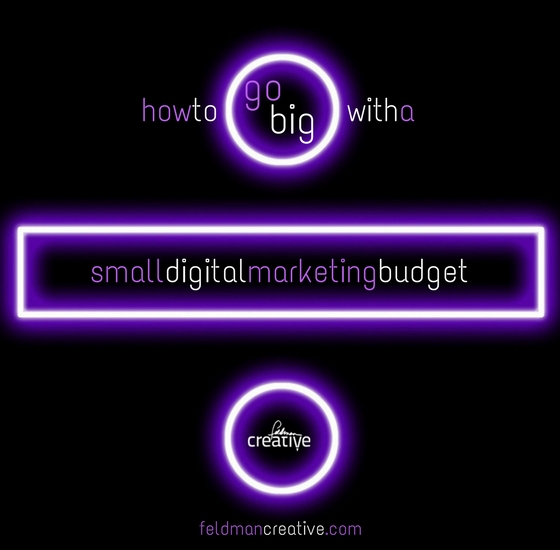

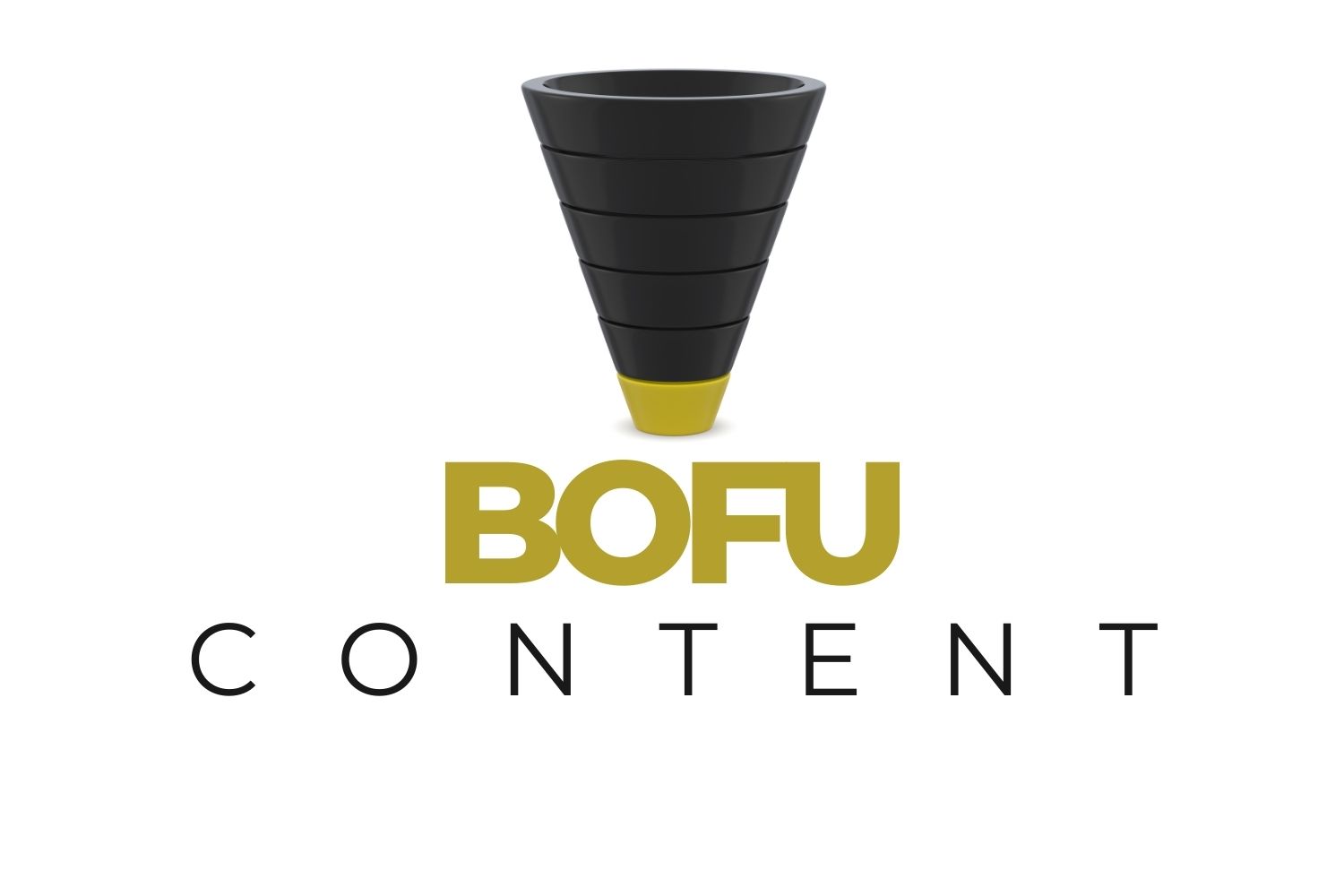
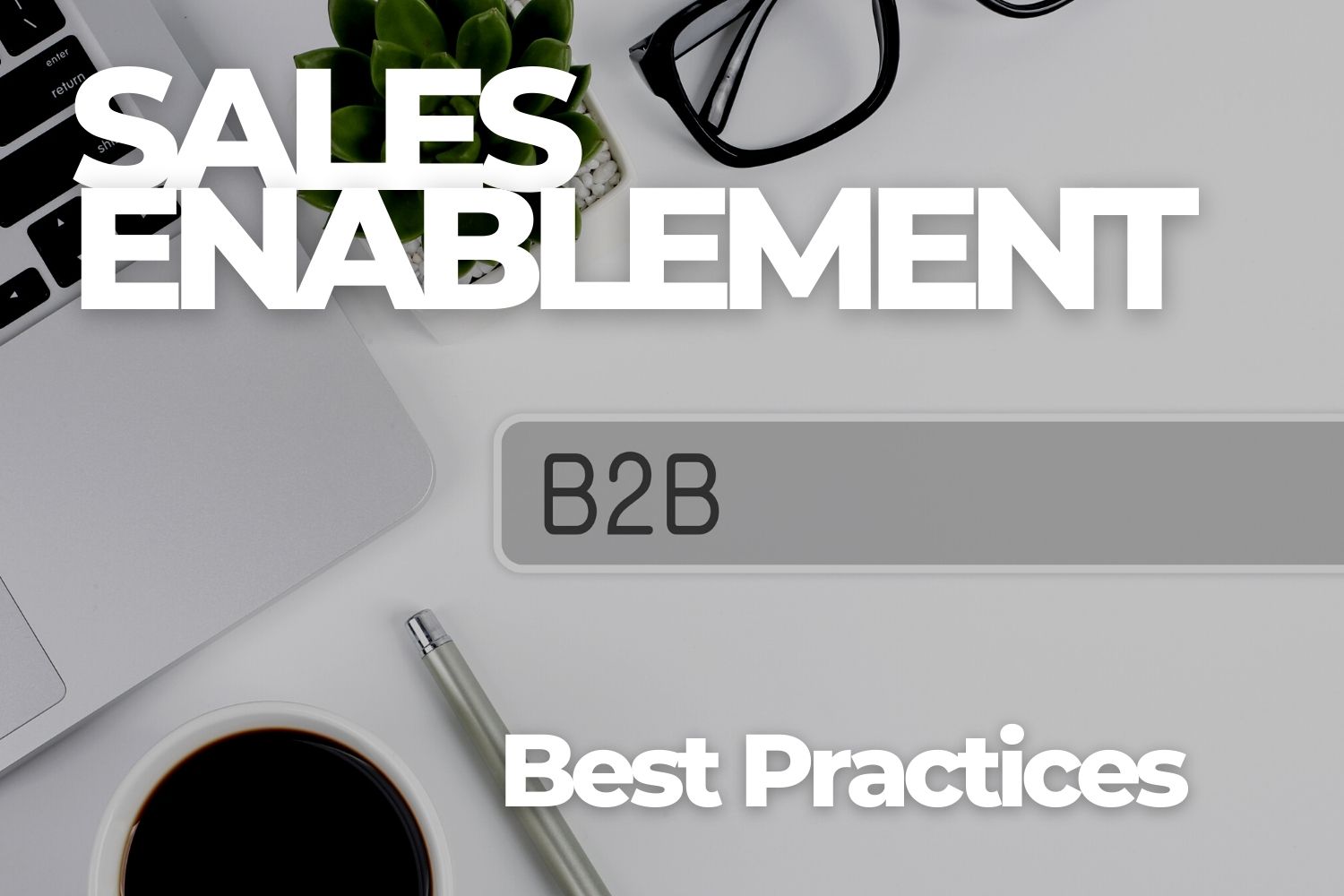
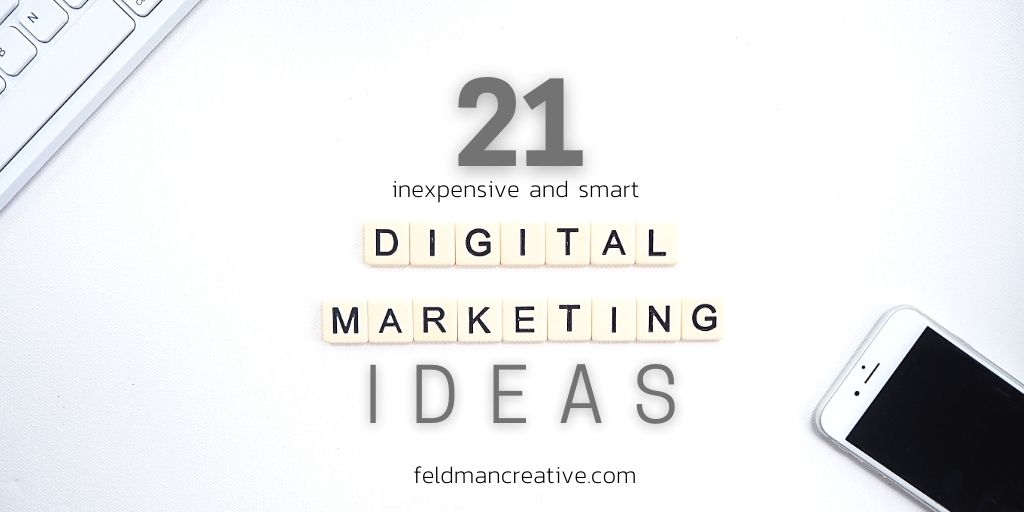
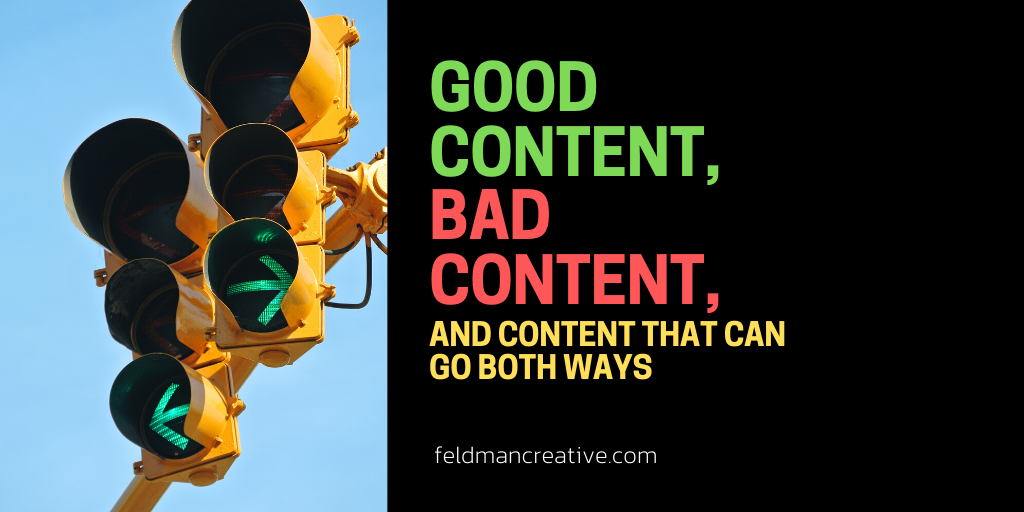
Comments
Emmerey Rose
Interesting post Barry. Great tips. Thanks for sharing!
Warren Whitlock
Hit the nail on it digital head